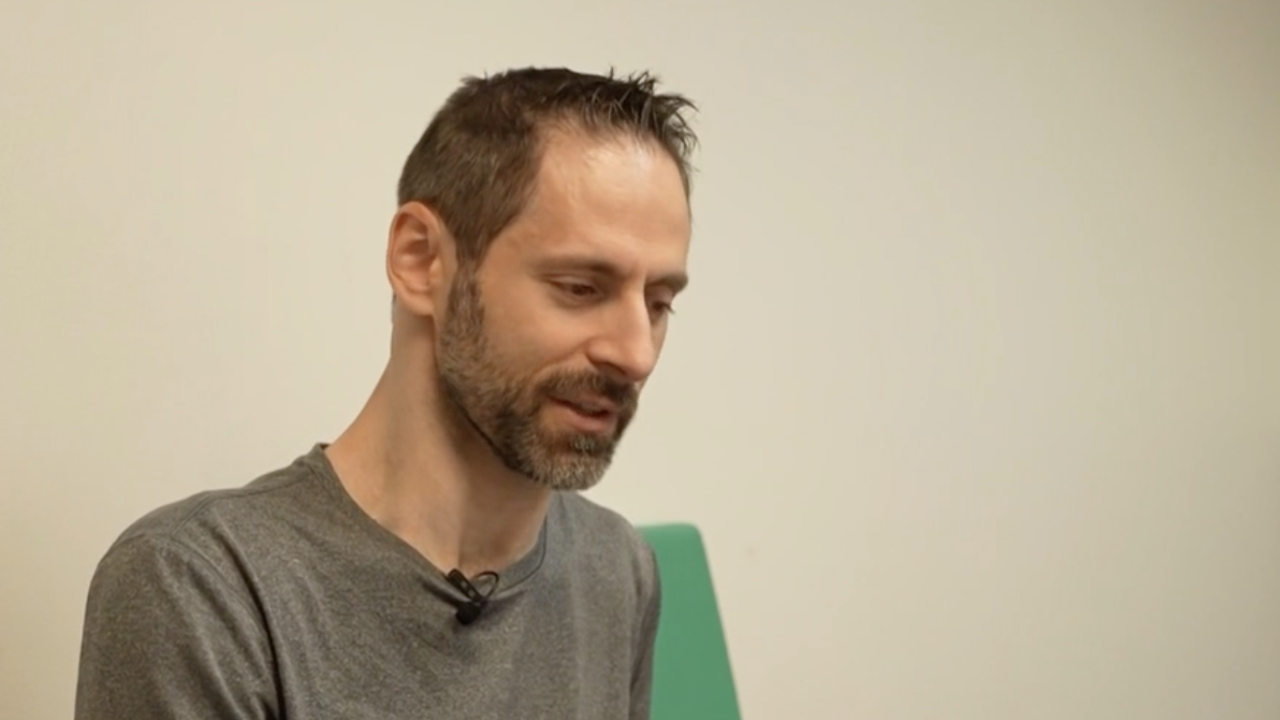Anthony Magliari has come a long way in his 15 years of rehabilitation. He suffered a spinal cord injury during a motorcycle crash back in 2009.
"First time I was on the interstate. I was a novice rider, so I took it too fast, went into the grass off the exit ramp, hit a bump and flew head over feet and landed on my head and ended up first fracturing C4," he said.
Magliari can walk around very slowly, but using his hands for gripping and grabbing objects is challenging.
"If I can open and close my hands better or if I can reach a better, stronger arms, that's huge, right?"
Magliari is part of a study. This is his last appointment getting something called Exastim. The external stimulation works in combination with rehabilitation. Multiple stickers, or electrode clusters, go on the patient's back.
"It's extremely powerful and intense at first especially," he said.
The stickers send little electrical shocks and signals throughout the body and activates the local network of nerves in the arms and hands. It also sends information back up to the brain.
RELATED STORY | Paralyzed man walks again using brain and spinal cord implants
"The idea is to how we can get the brain to now activate dormant or not used non injured pathways to kind of help improve motor return that we call it, or the ability of the person to use their arms or legs better" said Sakina Valika, physical therapist and clinical director at Tryability Rehab.
The therapy is not a cure for someone with a spinal cord injury. But the stimulation can, in time, allow them access more movement in their muscles. Magliari says that he has seen some changes.
"I could be in the sham group or I could be in the actual active group. But I’m pretty confident I’m in the active group. I can feel the stimulation. It's extremely complicated patterns that run through my arms and invading my anterior deltoid, medial deltoid, my tris. So I can just feel going in a pattern," Magliari said.
Those little gains mean so much to him and his family.
"I have a daughter. She's seven years old, and it's one of the main reasons I want to participate in this trial. My daughter is not getting any younger. I'm 45. She's seven years old. So like, if I get some gains, now would be the great time to do it. Don't want to wait around," Magliari said.
RELATED STORY | American Hospital Association warns of IV shortage after Helene flooding



